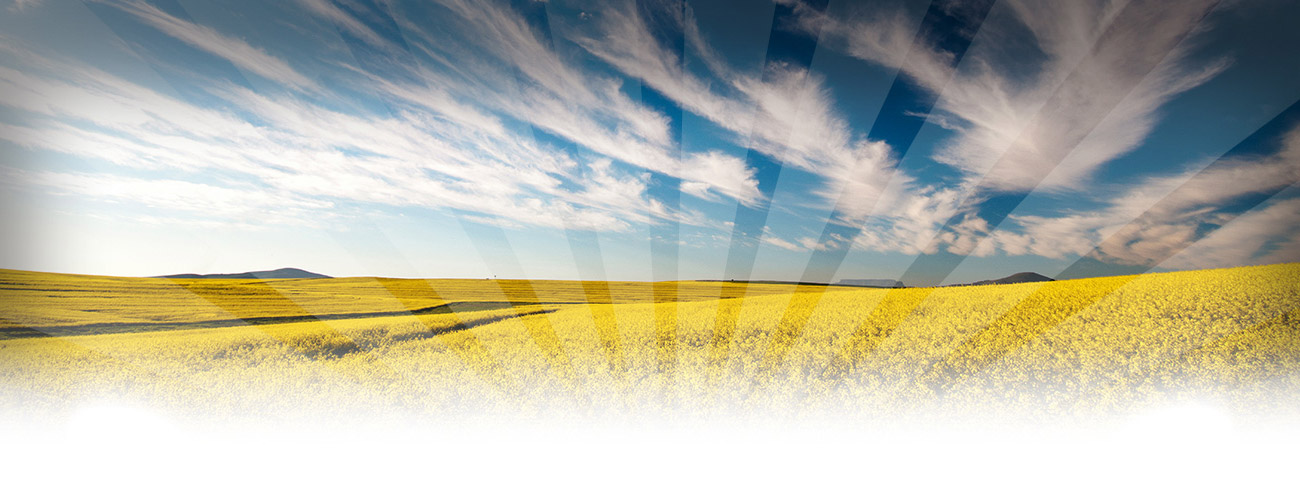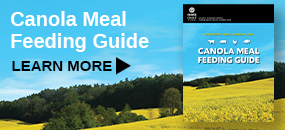

January 2015
Consumers are eating a whole lot of cheese and, therefore, demanding high-protein milk, and the research shows how we can nutritionally influence the production of milk protein, but what does this all mean for a dairy producer? Do producers even need to worry about milk protein?
The answer to that last question is a resounding YES. California dairy producer David Jones of Jones Farms says their farm keeps track of milk protein from both a profit and herd health standpoint.
“We ship our milk to a cheese manufacturer, so milk protein is extremely important,” says Jones. “It’s so important, that just like many producers will get milk check premiums for good somatic cell counts, we can get premiums for high levels of protein in our milk. Adding even a fraction of a dollar per hundredweight can make a huge difference in profit for a dairy producer.”
Increasing profits without adding cows to a farm can help dairy producers stay strong in the face of tough milk markets. Jones and his team monitor milk protein levels through daily bulk tank samples, which creates a baseline, and then they take a closer look at the herd’s numbers monthly. If numbers start to fall below average, they’ll begin sampling protein numbers by milking group, as well as monitoring specific milking groups visually, to make sure there isn’t a larger issue causing stress, and therefore dropping milk protein numbers. Milk protein numbers tend to be lower in the summer, when the environment causes extra stress for the cows.
While environmental factors can play a large role in milk protein production, Jones firmly believes that what he feeds the cows has a huge influence as well.
“We want to feed high-quality, highly digestible protein, like canola meal, because we know it will be readily available for milk production,” shares Jones. “If we start having low milk protein numbers, one of the first things we check after cow health is the commodities, to ensure the nutritional profile in the computer matches what we’re actually feeding.”
Jones Farms also monitors milk urea nitrogen (MUN) levels as well, to make sure it isn’t overfeeding protein.
“Protein is the most expensive part of the ration, so we want to make sure we are feeding it at the level that maximizes protein production and minimizes waste,” concludes Jones. “We’ve had great luck with canola meal, and learned that because of the high levels of bypass protein, we can feed slightly lower levels than we would with other protein sources, but still get great results.”
For more information about why canola meal is great for milk production, check out the latest canola meal research.


